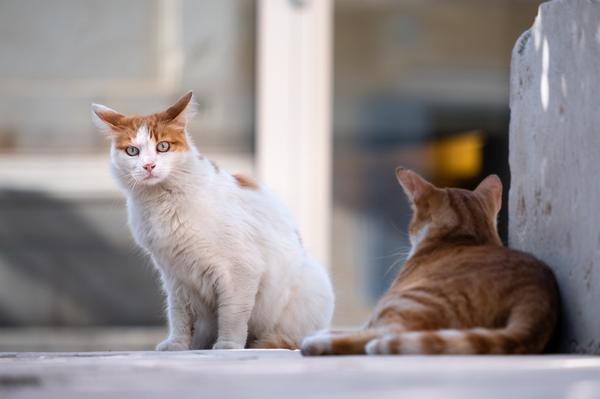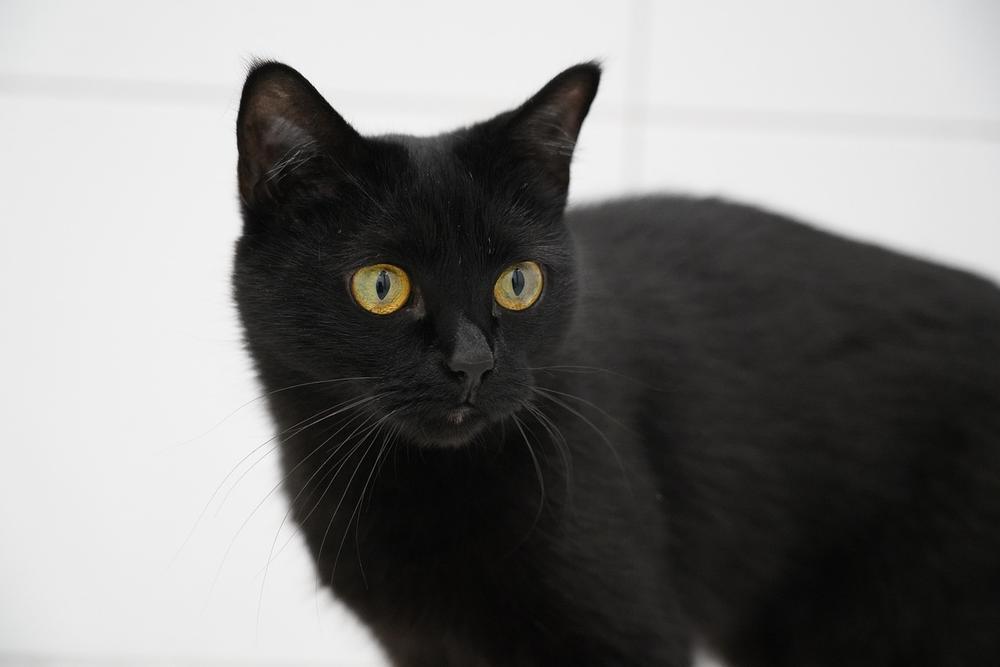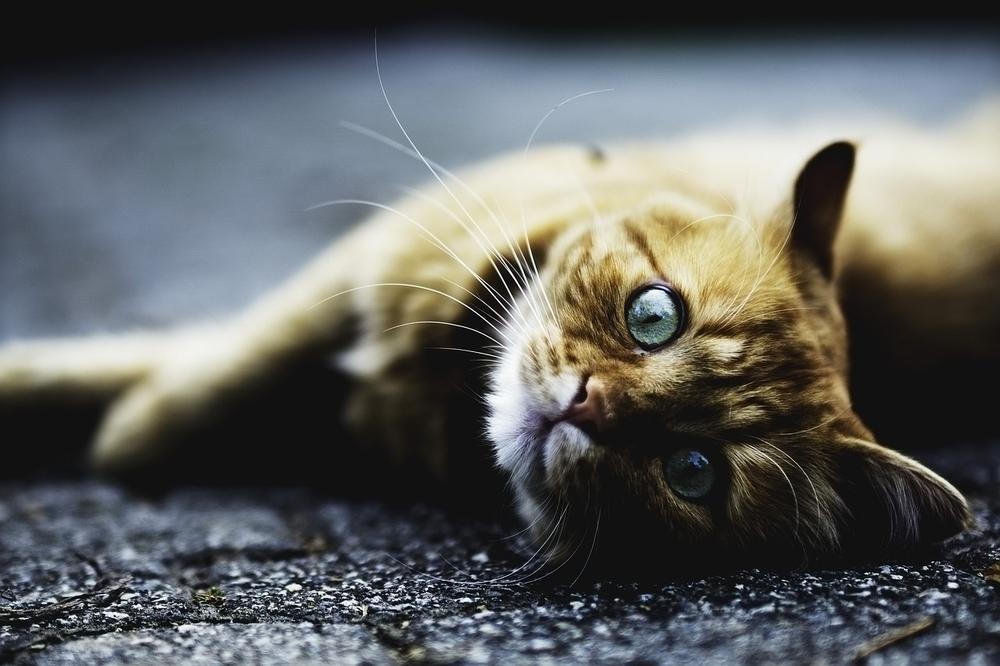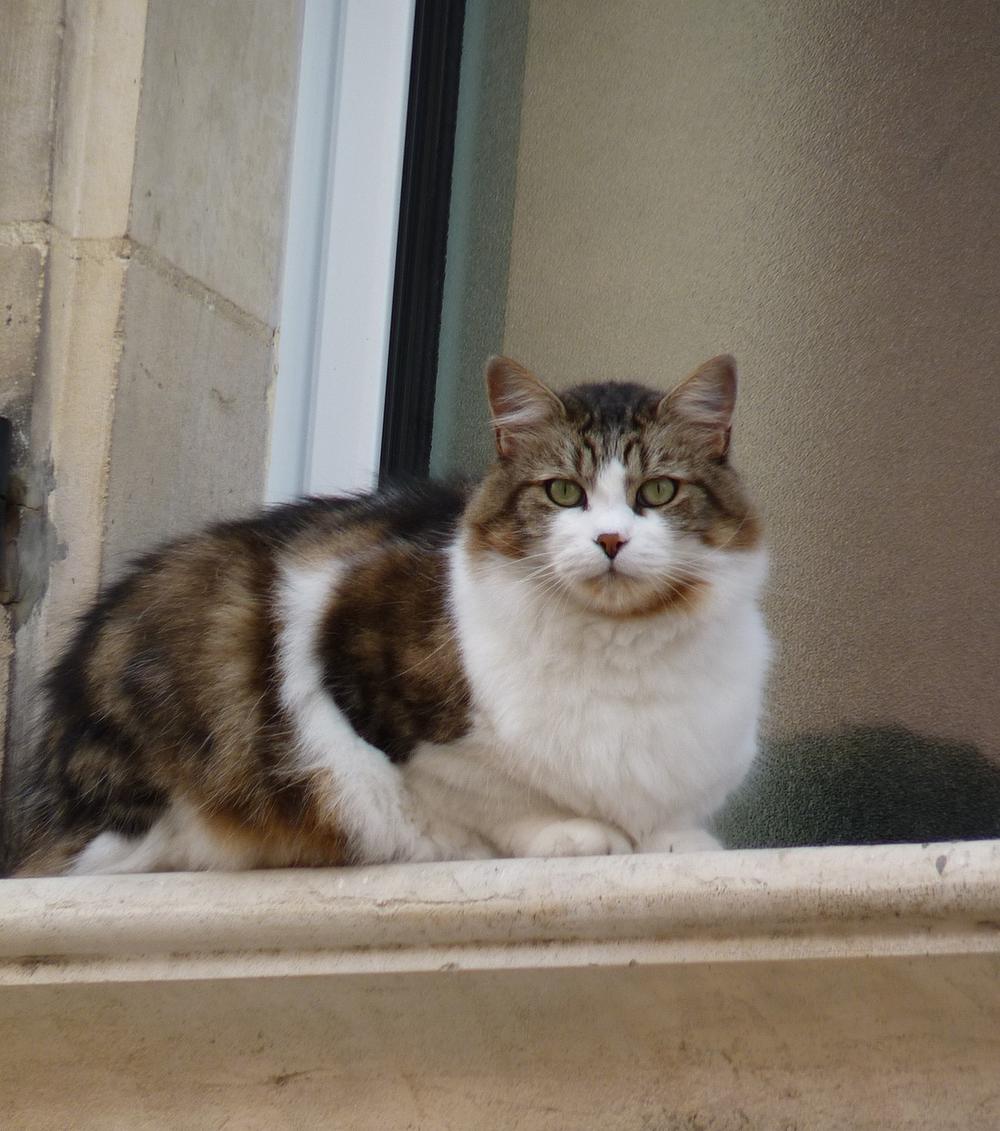Do Cats Shed More When They Are Stressed or Scared?

Here's the reality:
Do you ever feel like your cat's shedding is out of control?
Like you're drowning in a sea of fur, gasping for air?
Well, I hate to break it to you, but it could be a whole lot worse. 🙀
I'm talking hairy nightmare worse.
But don't fret just yet, because in this I Care for Cats guide, I'll reveal the truth about whether cats shed more when stressed or scared, and when you should start worrying.
Let's put an end to this hairy situation, shall we?
Get ready to tame those shedding felines!
Reasons Why Cats Shed More When Stressed
Cats shed more when stressed due to increased cortisol levels, triggered by factors like moving or vet visits. Stress can also lead to excessive grooming, causing skin irritation. Creating a calm environment and seeking veterinary advice can help manage stress-related shedding.
Let me share something with you - cats and stress are like a perfect match, just as peanut butter and jelly are. And just like when you combine them, things can become a bit messy. One observation you may have made is that your cat tends to shed more when they're stressed.
But what's the reason behind this?
That's an excellent question.
Now, let's dig deeper and explore this topic.
Firstly, cats and humans aren't as different as we might assume.
When we experience stress, our cortisol levels skyrocket, which can lead to excessive shedding for us humans. Interestingly enough, cats go through the same process.
When they're stressed or scared, their cortisol levels rise as well, causing their fur to shed more intensely.
But what exactly triggers this meltdown in cats?
Well, it turns out, there are numerous factors.
For example, moving to a new home can be one of those major triggers.
Leaving behind their familiar environment can raise their stress levels significantly, resulting in increased shedding.
Another significant culprit is none other than vet visits.
Who can blame them, right?
Going to the doctor can be stressful for anyone, including our furry friends.

And, of course, the shedding kicks in due to all that stress. 😿
Now, things start getting fascinating.
Stress can actually push cats to engage in excess grooming.
Initially, it may seem comforting, but over time, all that licking can cause skin irritation or infection.
Ouch!
So, what can be done about it?
Creating a safe and tranquil environment for your cat is crucial.
Offer hiding places where they can retreat from the chaotic world.
Reducing tension in their surroundings can truly work wonders.
The key takeaway here is that it's normal for cats to shed more when they're stressed.
Finding a clump of fur on your favorite sweater may be bothersome, but remember, it will eventually improve.
Just keep an eye on your feline companion's behavior.
If you notice signs of distress, it's always wise to seek advice from your veterinarian.
Okay, my friends.
That covers all the information on cats and stress shedding for now.
Take good care of yourself, take good care of your cats, and ensure to keep those cat brushes handy!
Do Cats Shed When Stressed?
Cats shed when stressed - it's a fact.
And let me tell you, it's odd.
Stressed cats have these fancy muscles called arrector pili.
These little guys contract, making their fur stand up and maybe fall out.
Imagine spaghetti noodles gone haywire!
But hold on, there's more...
Watch that tail!
When cats feel uneasy, they lower their tail and flick it fast.
It's like a distress signal fluttering in the breeze.

Don't panic just yet, though!
A bit of shedding is normal for stressed cats. They're nature's stress balls.
But if your feline friend is losing clumps of hair or shedding excessively from anxiety, seek help from a vet.
They'll provide advice tailored to your cat.
Stress matters for both humans and cats.
If your fluffy pal needs extra care, ask for support without hesitation. 😺
Now, you might be wondering...
What are some other signs of stress in cats, and how can I create a stress-free environment for my feline friend?
Well, let me reassure you - we're about to delve into all of that and more!
Hang tight, because the next section has everything you need to know...
When Should I Go to the Vet for Cat Shedding?
If your cat is showing any of these signs, you should take it to the vet:
- If your cat has noticeable bald patches or its skin looks different, it might be a sign of an underlying health issue.
- Cats shedding a lot could mean they have allergies, urinary tract infections, gastrointestinal issues, scabies, or stress.
- If your cat sheds excessively and also pees outside the litter box, it needs to see a vet.
- To keep your cat stress-free, give it positive reinforcement during vet visits and make sure its home is safe.
- If your cat is extremely stressed and having trouble breathing, go to the vet right away.
This information is not a substitute for veterinary advice.

So if you're worried about your cat's shedding, it's always best to consult with a professional.
Understanding the Typical Amount of Shedding in Cats
Cat shedding is a continuous process.
Hair loss is normal for cats, consisting of telogen hairs that are in the resting phase before being shed.
If you notice too much hair around your home or on your cat's brush, it could indicate abnormal shedding.
But don't worry!
Shedding is natural for cats and usually not a cause for concern.
How Can I Stop My Cat From Shedding?
To cut down on your cat's shedding, here's what you can do:
- Keep a special brush just for shedding and give your cat a regular brushing.
- When you visit the vet, use positive reinforcement to calm any nerves.
- Carry around a lint roller so you can quickly remove cat hair from your clothes.
- If your cat sheds like crazy when outside, check for any signs of skin infections.
- Give your cat some shady spots to hang out in outside, it'll protect their skin.
- Create a safe space at home where your cat feels comfortable and relaxed.
- Stick to a routine that helps your cat feel secure and happy overall.
- Feed your cat a good diet that supports healthy skin and a shiny coat.
- Use feline pheromone diffusers to create a soothing environment for your cat.
- Take preventive steps against fleas and ticks to keep your cat itch-free.
- Give your cat an occasional bath using gentle shampoo made specifically for cats.
- If you're still not sure, talk to a vet for more tips and guidance.
To maintain a fur-free home, simply adhere to these instructions for managing shedding.
To enhance your understanding of cat shedding, I highly recommend checking out my informative blog post on the potential healing effects of a cat's purring on humans.

You might be curious about how these soothing vibrations can benefit you, especially if you're feeling anxious or concerned.
Discover more about the fascinating Cat Purring Effect on Humans and unlock the transformative power of feline companionship.
Soothe your curiosity and explore the amazing connection between cats and humans today! Cat Purring Effect on Humans.
Cats: Minimize Stress, Control Shedding
Key takeaways:
- Cats shed more when they are stressed or scared.
- Providing safe places for cats to hide and reducing tension can alleviate stress.
- Shedding in cats is a normal response to stress and will grow back normally.
- Excessive grooming due to stress can lead to skin irritation or infection.
- Stress can also cause gastrointestinal upset in cats.
- Shedding is caused by the release of telogen hairs, which are in the resting phase of the growth cycle.
- Common stressors for cats include vet visits, new people or animals, moving, and loud sounds.
- Signs of stress in cats include aggressive behavior, excessive shedding, hiding, and vocalizing.
- Flicking the tail back and forth rapidly can indicate agitation or anxiety in cats.
- Excessive shedding may be a sign of underlying health issues and may require veterinary attention.
- Positive reinforcement training and creating a safe environment can help reduce stress in cats.
- Shedding is normal for cats and not usually a cause for concern.
- Bringing a lint roller and providing shaded areas can help manage shedding.
- Creating a safe zone, establishing a routine, feeding a high-quality diet, and using pheromone diffusers can reduce stress and shedding.
And that wraps up today's article.
Just a quick question before you leave - did my blog post help you? If it was useful, I would be incredibly grateful if you could share it with your friends and family. It's as simple as clicking on any of the social media sharing icons for instant sharing. Thank you so much!
Talk soon,
-Sarah Davis